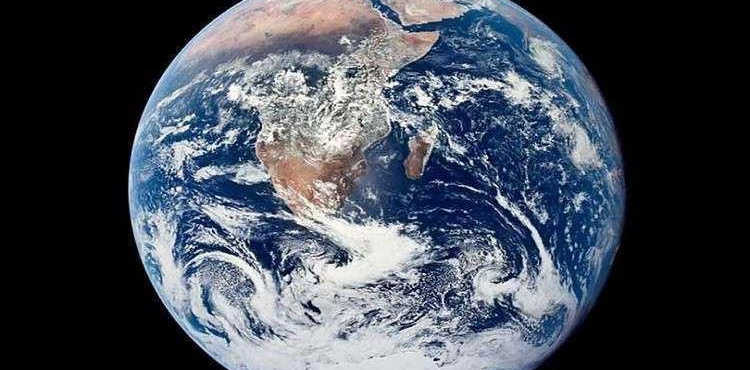The world was seen in 2017, a mysterious object flying through our solar system, and it remained a mystery until it was identified as our first visitor from outside the solar system.
The visitor, called Oumuamua, raised many concerns about it, prompting astronomers to believe it was a spacecraft.
But the fact that Omumwa is our first visitor is not the first. In fact, the Earth´s atmosphere collided with something five years ago, which may have arisen outside our solar system, and we never knew it.
In a new study, two scientists from Harvard University suggested that Nazikha collided with the Earth´s atmosphere, in January 2014, was actually an interstellar traveler with mysterious distant origins.
Unlike the Umumawa, which we will eventually see coming out of our solar system, the first reported meteorite flight was a "one-way ticket," ending five years ago as a burning object in the sky above Papua New Guinea.
Scientists said the meteorite entered the solar system at 60 kilometers per second, according to the local standard of rest (obtained by calculating the average movement of all stars in the ocean).
"This high velocity from the deepest nuclei of planetary systems within the Earth´s orbit can not be produced around a star like the sun, but in the region of dwarf stars, which allows these organisms to transmit life from the mother planets."
In other words, according to astronomer Abraham Avi Loeb and Amir Siraj, something has happened long ago in the system of distant stars, causing the release of some interstellar space debris in space at a very high speed.
After traveling for an unknown number of ultra-light years, this pan-sized object collided with the atmosphere of the Earth´s atmosphere on January 8, 2014.
The meteorite was seen in the sky that day, burning north of Manos Island, off the coast of Papua New Guinea.
At that time, it was just a fireball that was nicely added to the NASA database for such events.
But when Siraj returned to analyzing the meteorological data over three decades, this meteorite emerged as one of the fastest moving objects that does not appear to be constrained (ie, orbiting any larger object in the solar system).
If the results are confirmed, Lob says, the meteorite that hit Earth in 2014 will be the first recorded case of an extraneous object colliding with our planet.












